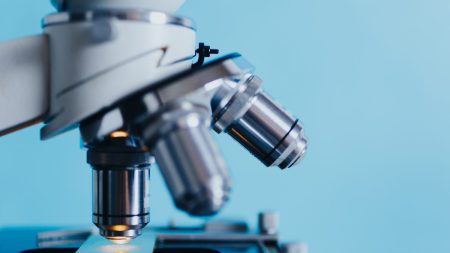A recent study published in the Lancet Planetary Health finds a common link between air pollution and antibiotic resistance. It attributes the dissemination of particulate matter (PM) with lowering the effectiveness of antibiotics, as they are spread through air.

Air pollution and PM: The Study
The escalating levels of air pollution worldwide have revealed a new, disturbing consequence—increasing resistance to antibiotics. A comprehensive global analysis, published in the Lancet Planetary Health, has shed light on the alarming connection between air pollution and antibiotic resistance, particularly driven by the dispersion of antibiotic resistance genes through airborne fine particles known as PM 2.5. This issue has led to profound implications, including a surge in antibiotic resistance and premature mortality in densely populated countries such as India and China, as well as in other regions like South Asia, North Africa, and the Middle East.
The study, after meticulous research methodologies, has demonstrated the significant impact of antibiotic resistance driven by air pollution. It underscores that even a 1% rise in PM 2.5 pollution can lead to an increase in antibiotic resistance ranging from 0.5% to 1.9%, contingent on the specific pathogen in question. The consequences of inaction are dire, exacerbating the adverse health effects caused by escalating air pollution and antibiotic resistance. This concern becomes even more pronounced as the global population edges closer to an estimated 9.7 billion by the year 2050.
Before delving into the intricate connection between PM 2.5 and antibiotic resistance, it’s imperative to grasp the fundamentals of particulate matter. Atmospheric particulate matter, or particulates, are minute air pollutants comprised of solid or liquid substances. These encompass a wide range of elements, including dust, dirt, smoke, soot, and liquid droplets. The presence of excessive particulates in the atmosphere poses substantial threats to both human health and the environment.
The term “fine particles” refers to particulate matter 2.5 (PM 2.5), denoting particles with a diameter of two and a half microns or smaller. To provide context, a micron is a unit of distance; there are approximately 25,000 microns in an inch. Even the larger particles within the PM 2.5 range are about thirty times smaller than a human hair’s width. The smaller particles are so minuscule that thousands of them could comfortably fit within the period at the end of this sentence.
The report emphasizes that the quantity of antibiotic resistance genes found in PM 2.5 exceeds that found in sediments, soil, rivers, and certain engineering systems. This raises concerns about humans directly inhaling antibiotic-resistant components while breathing. These elements can originate from natural environments and human-made settings, including hospitals, farms, and sewage treatment facilities. Wind action, water evaporation, dust transport, and wet or dry settling can disperse antibiotic-resistant genes across great distances and regions.
In addition to environmental dispersion of resistant elements, the overuse of antibiotics in humans and animals significantly contributes to the emergence of antibiotic resistance. These resistant elements can be released into the environment through wastewater, agricultural practices, or evaporation. They may then be transmitted from environmental microorganisms to human pathogens through drinking water, food, and inhalation.
PM 2.5 emissions stem from various sources, including industrial processes, road transportation, and residential coal and wood burning. These hazardous particulates are omnipresent, subjecting a staggering 7.3 billion people to unsafe average annual PM 2.5 levels.
From the Researchers
Professor Hong Chen, the lead author of the study from Zhejiang University in China, highlights that while air is recognized as a direct pathway for disseminating antibiotic resistance, limited quantitative data exist regarding the various pathways through which antibiotic-resistant genes are carried via air pollution. These pathways encompass hospitals, farms, and sewage treatment facilities that emit and disperse antibiotic-resistant particles over long distances.
Chen underscores that curbing air pollution offers a two-fold benefit—it not only mitigates the harmful effects of poor air quality but also plays a pivotal role in addressing the unchecked proliferation of antibiotic-resistant bacteria. The findings of this study emphasize the urgent need for global action to combat air pollution and its multifaceted consequences on public health and the environment.













